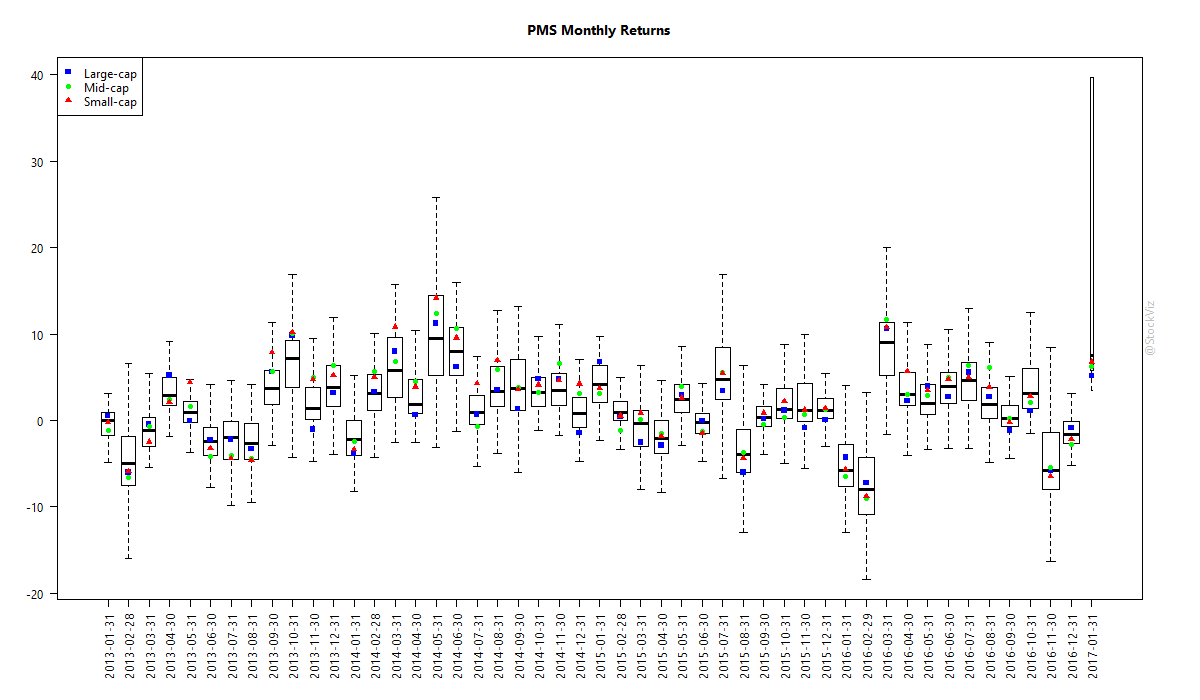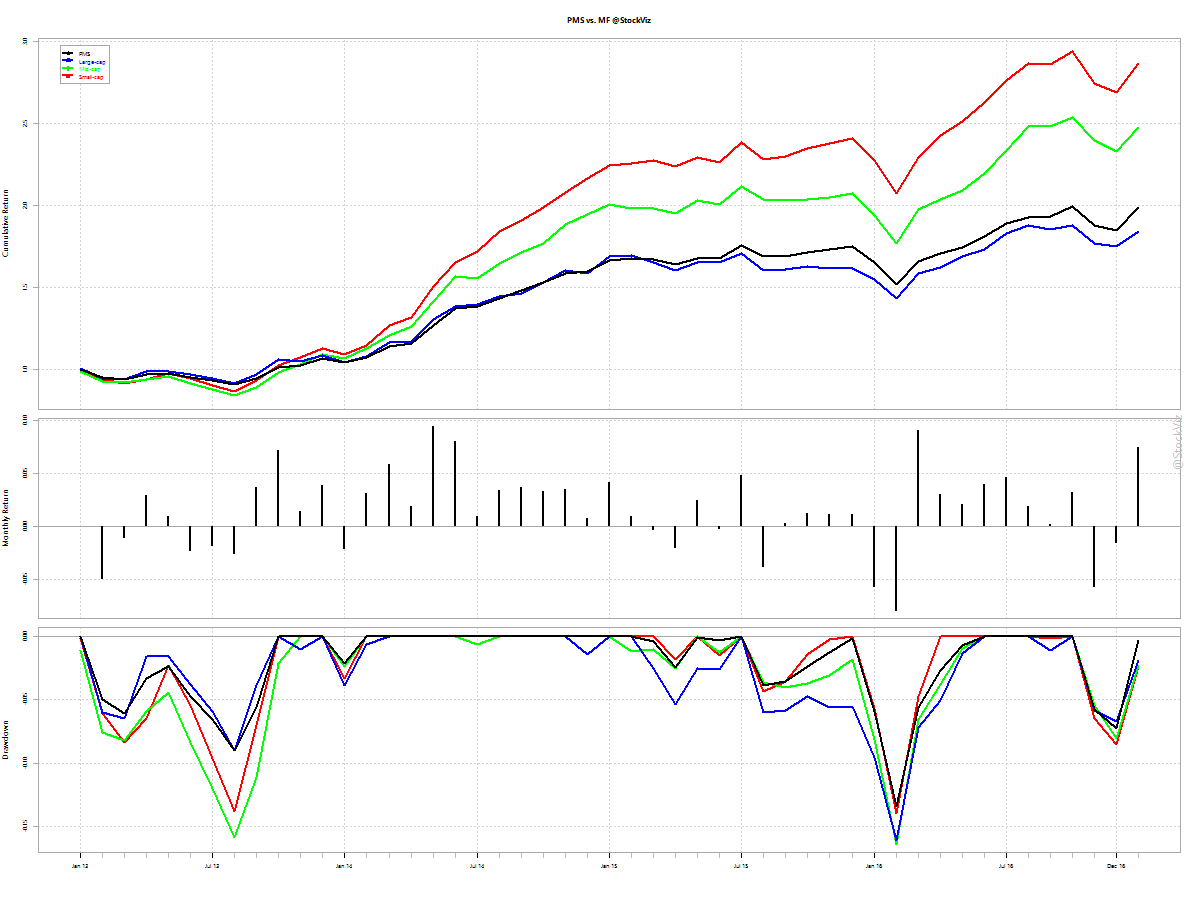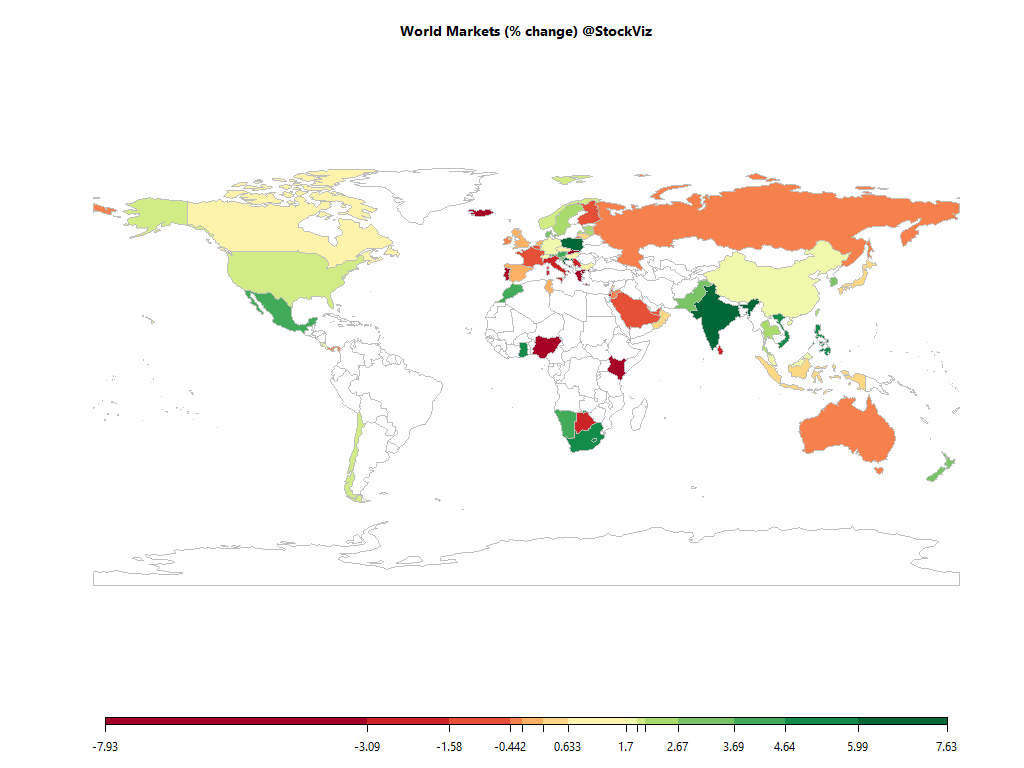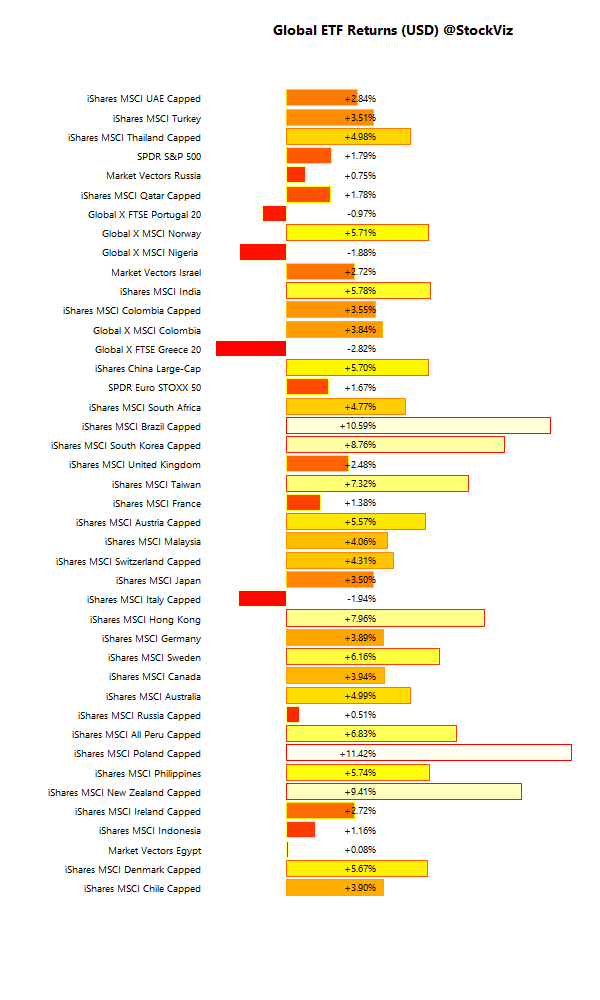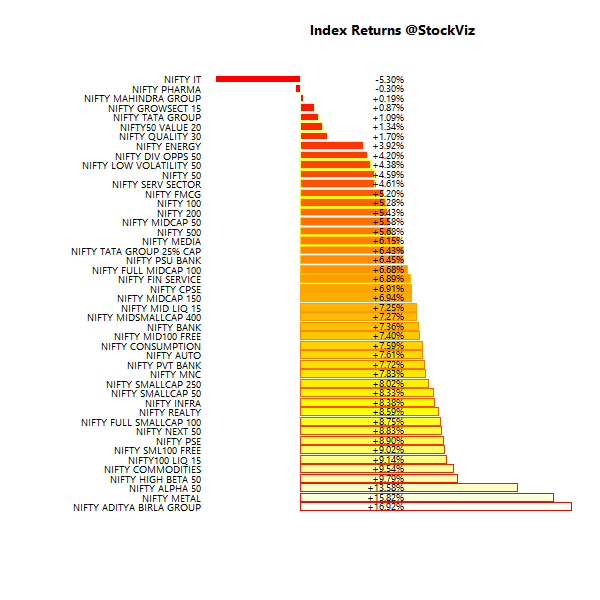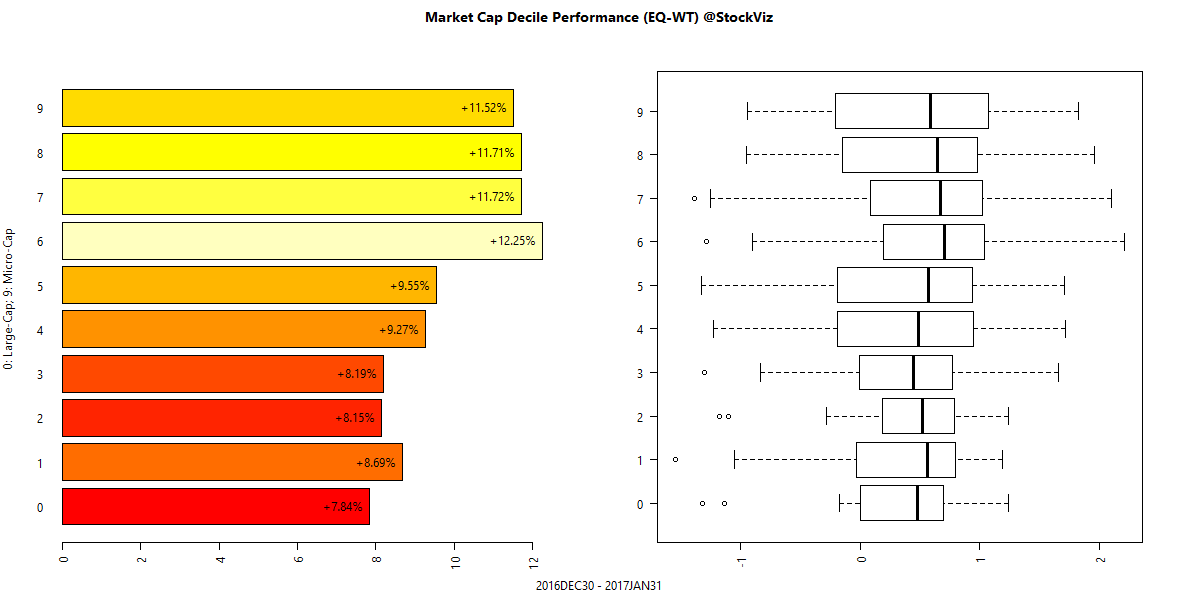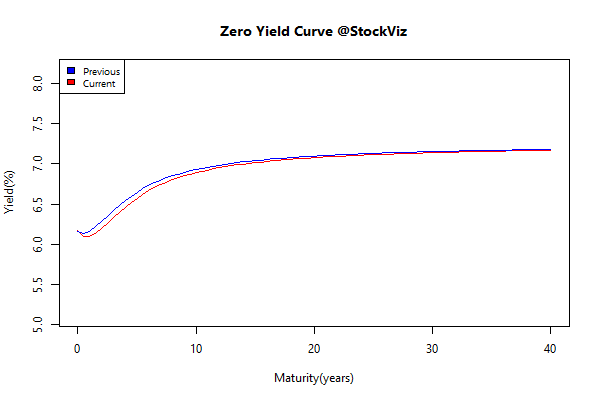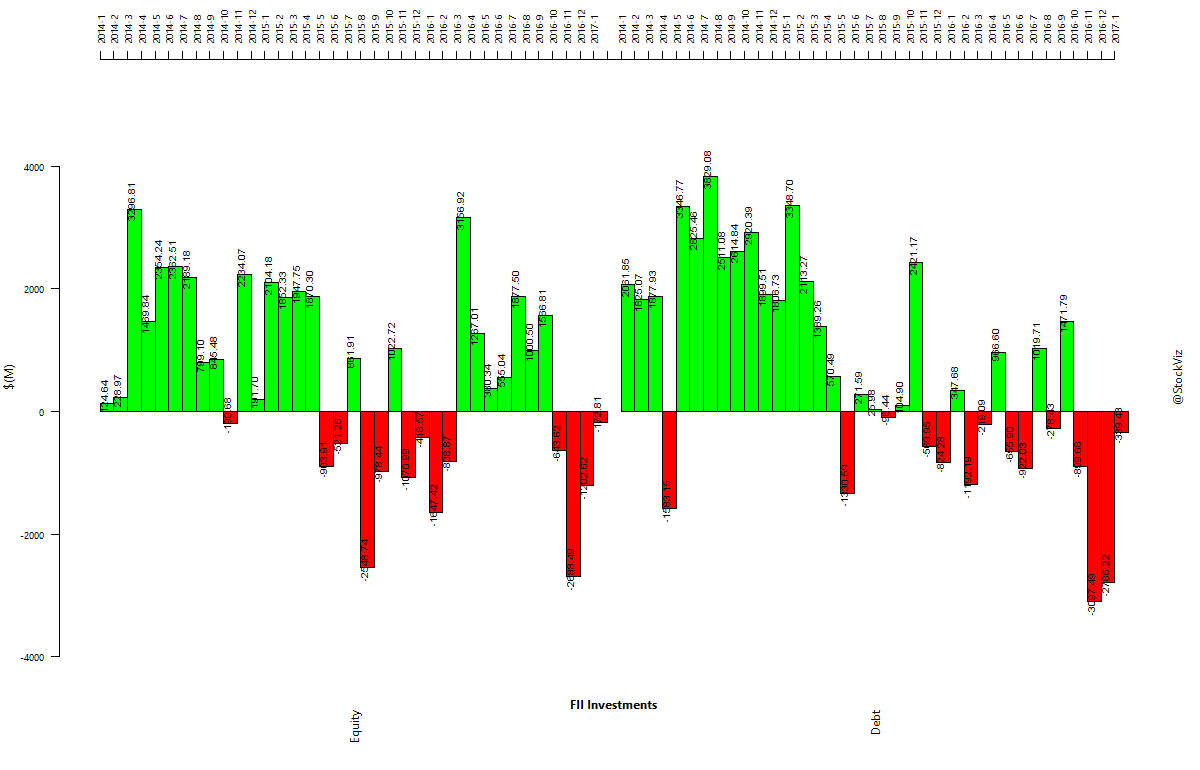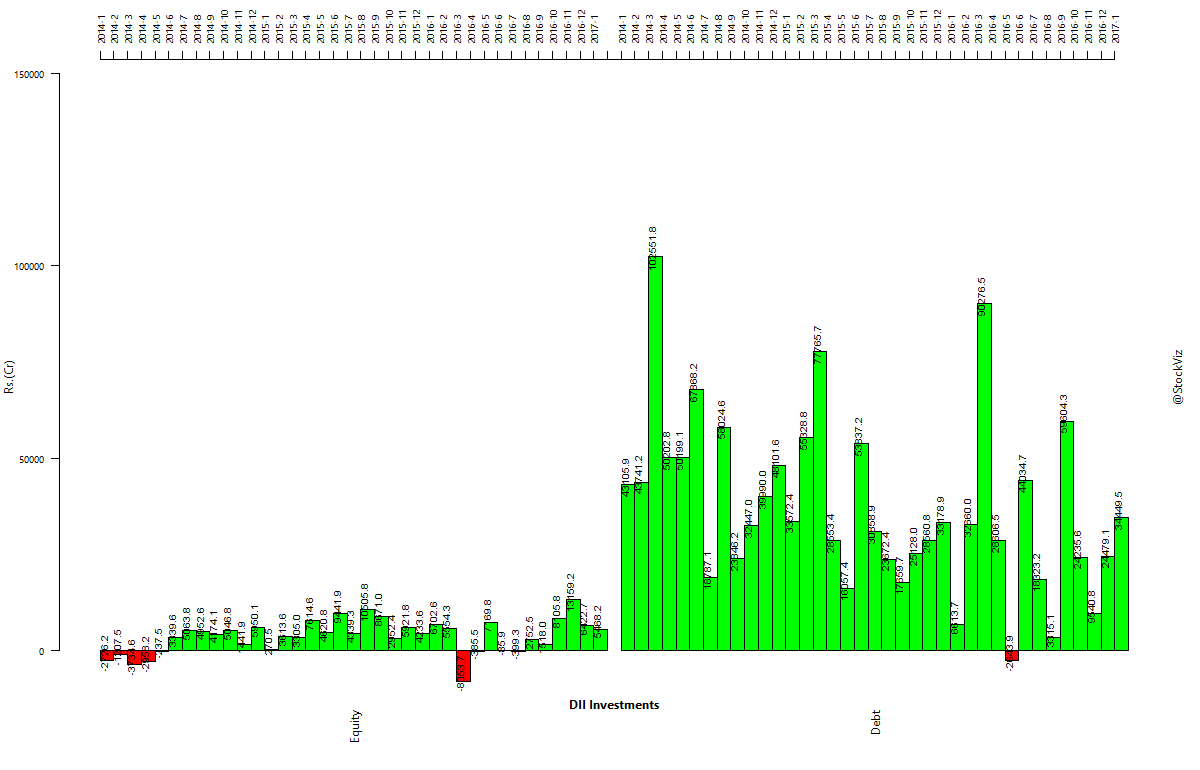Chaos Monkeys: Obscene Fortune and Random Failure in Silicon Valley (Amazon,) is a meandering story about one man’s startup journey. (Excerpts.)
Thoughts
The book is entertaining but it brought little in the way of added insight. The bit that stuck a chord was:
The reason for this all-or-nothing approach is how their funds are structured. VCs raise a fund, out of which they’ll provision some number of investments. Barring doubling down on the same company, which they might do if the fund still has money when a company raises again, those investments are effectively “fire and forget.” The fund’s total profit will be calculated from whatever those initial bets return. Unlike, say, a hedge fund portfolio manager, who rolls the winnings from one good bet into the next, compounding a series of returns into something truly huge, VCs do not take liquidity from one company’s exit and pour it into yet another’s. This, at heart, is why the go-big-or-go-home strategy makes the Silicon Valley world turn, and why entrepreneurs push themselves to be either the next Airbnb, or nothing. The entrepreneur who bucks this and creates a long-term business of recurring revenue but relatively slow growth is dismissed as running a mere “lifestyle business,” which is a dirty word among VCs.
